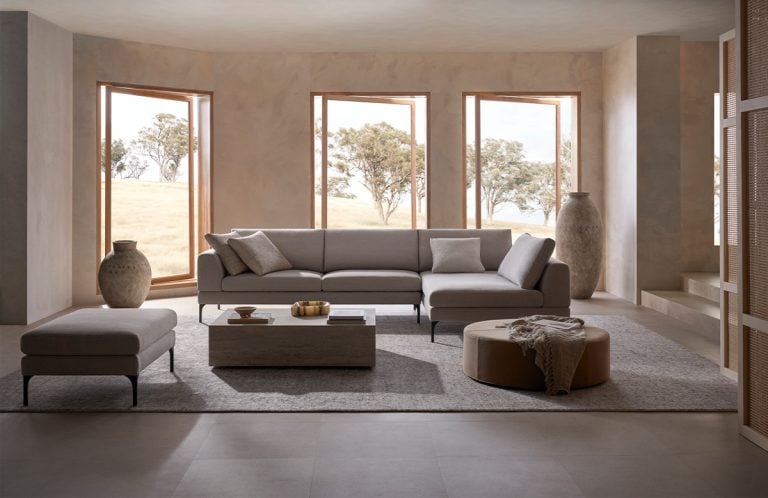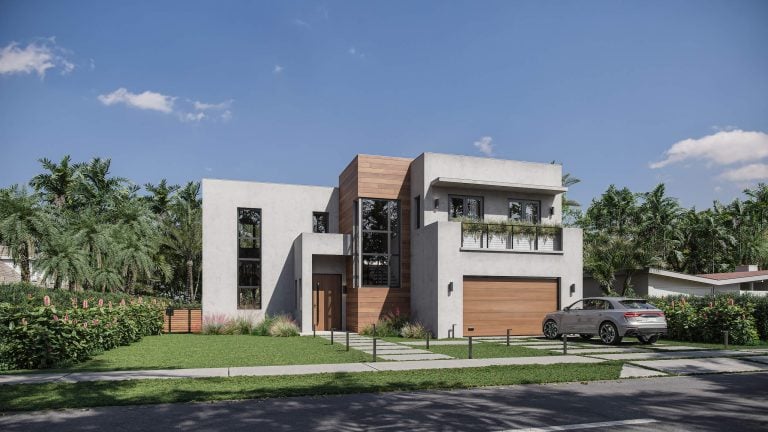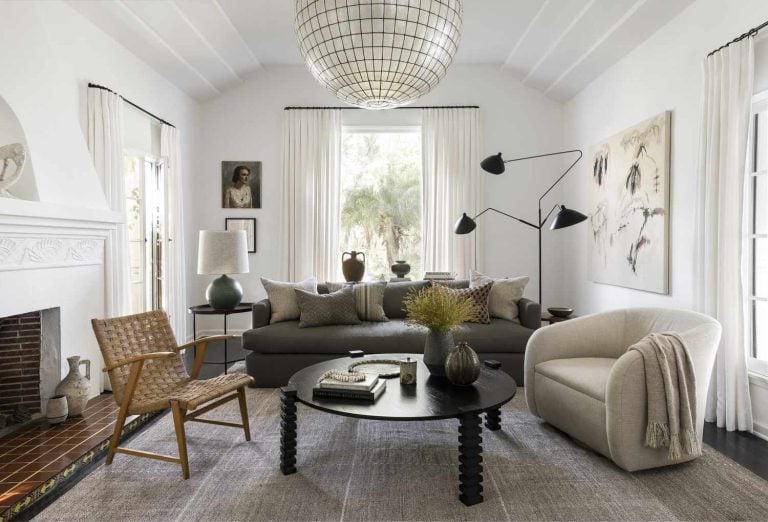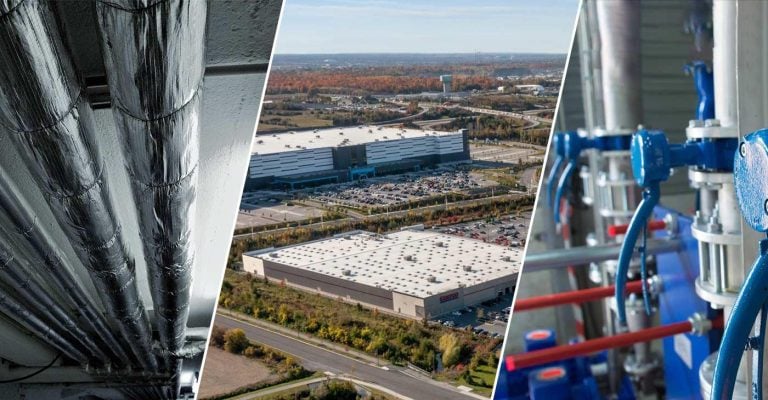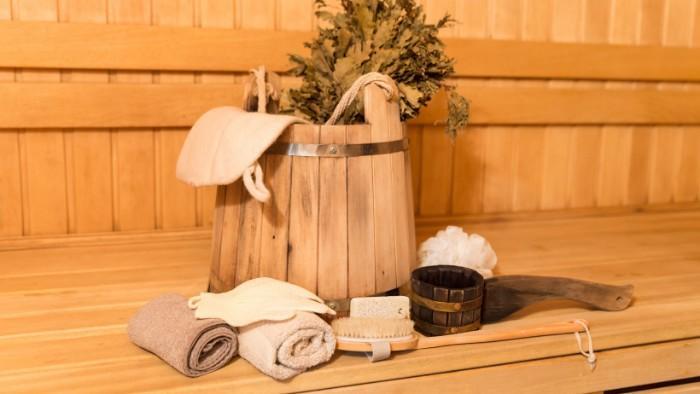What Is the Difference Between Gazebos and Pergolas?
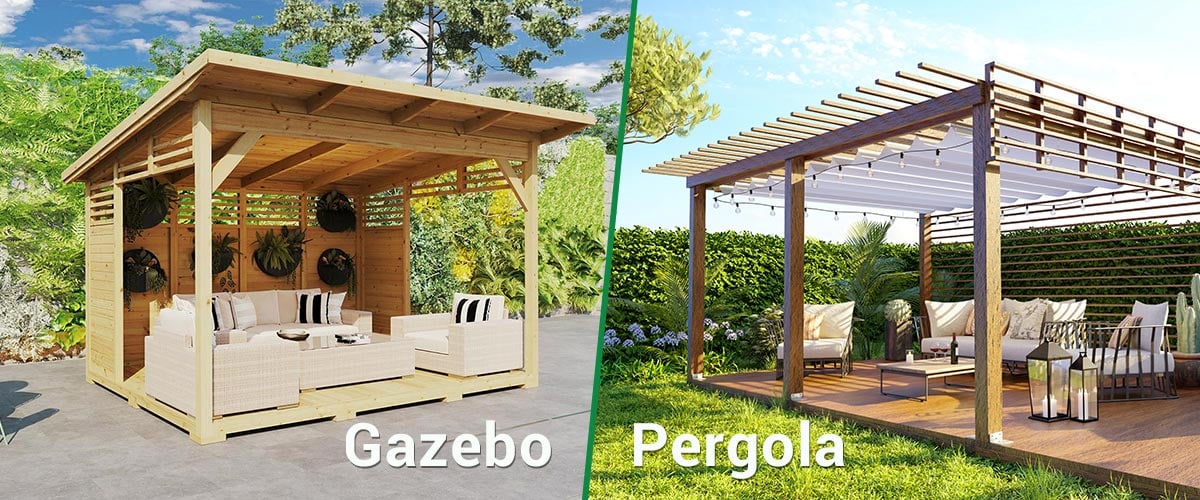
Table of Contents
In the world of outdoor living, two structures often stand out for their elegance and functionality: gazebos and pergolas. While both provide shelter, aesthetic appeal and can add value to a home, they have unique characteristics that cater to different preferences and needs.
Understanding the distinctions between the two can help homeowners make informed decisions when maximizing their outdoor space.
Pergolas Are Open Structures that Define Outdoor Spaces
A pergola is an outdoor structure characterized by an open framework of vertical posts or columns supporting trusses and an open lattice, rafter or slatted roof.
It provides partial shade and defines outdoor living areas without completely enclosing them, allowing ample airflow and natural light.
Pergolas can be freestanding structures or can extend from a house, in either case, they are usually attached to a patio, deck, or paving.
Typically, a pergola will not have a roof or walls. However, it is possible to install blinds, screens or other fabrics to provide additional privacy and shelter, although they offer only moderate protection from the elements.
Additional shade can be provided by vines and other climbing plants.
Gazebos Provide Shelter and Serve as A Destination in The Garden
A gazebo is a freestanding square, polygonal or rounded structure with a solid roof and open sides, half walls or balustrades. They are usually sited away from the main house to provide a focal point in the garden.
Gazebos are typically raised from the ground and have their own foundations, rather than being built on an existing patio. They sometimes have built-in seating or benches on the inside.
They offer more protection from the elements than pergolas, while maintaining an open and inviting atmosphere for enjoying the garden or scenic view.
Differences Between Pergolas and Gazebos
Pergolas provide partial shade and unobstructed views, making them perfect for smaller spaces and where light is a precious resource.
They are versatile outdoor living spaces for dining, lounging, entertaining, and even cooking, allowing more flexibility due to their open sides.
Gazebos are more suitable for intimate gatherings such as family dinners, given their smaller size and enclosed structure. Their closed roofs provide shelter from the rain and sun.
While pergolas extend indoor space to the outdoors, gazebos tend to be a separate space and therefore require a larger garden.
Gazebos tend to be slightly more expensive as they are more complex and require more materials. However, both can add value to your home by providing a comfortable and stylish addition to your garden.
The Best Material for Pergolas and Gazebos
When considering materials for pergolas and gazebos, durability and aesthetics are key factors. Wood, such as pine or spruce, is a popular choice for its natural beauty and versatility.
Alternatively, metal pergolas and gazebos made from aluminium or steel offer durability and low maintenance, ideal for modern or minimalist designs.
Synthetic materials such as vinyl or composite offer the look of wood without the maintenance. However, they are less durable than steel or timber gazebo .
Tips for Building Pergolas and Gazebos
Careful planning is essential before undertaking any construction project for a pergola or gazebo. Consider the need for planning permission and factors such as the desired location, size, style, and budget.
Choose quality materials that will withstand outdoor conditions and complement the existing scenery. Consider details such as lighting, privacy screens and decorative elements to enhance the functionality and aesthetics of the structure.
Gazebos require a foundation, which makes them more difficult to build yourself. However, pergolas also need to be firmly anchored to the ground.
Consultation with a specialist will ensure optimum durability and appearance. Alternatively, consider a prefabricated kit from a company like summerhouse24 which includes all the metal bolts, nuts, screws, washers and nails required for assembly. They also offer installation and assembly services. Their expertly crafted wooden gazebos and pergolas are delivered straight to your door with comprehensive assembly instructions.
Slow-grown Nordic timber is used from sustainably managed forests, and all their gazebos and pergolas have adjustable metal feet. Pre-built gazebo kits can be assembled by two people with DIY experience in a matter of days or even hours.

